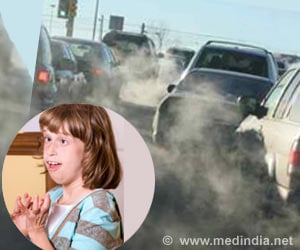
‘As the world gets prepared to build smart cities, new research has highlighted the dangerous effects of indoor pollution and has called for policies to ensure closer monitoring of air quality.’
Tweet it Now
As the world gets prepared to build smart cities, new research led by an Indian-origin scientist has highlighted the dangerous effects of indoor pollution on human health and has called for policies to ensure closer monitoring of air quality. According to Prashant Kumar from the University of Surrey, the research offers insight into 'Sick Building Syndrome' and how new smart cities could help combat air quality issues. "From cooking residue to paints, varnishes and fungal spores the air we breathe indoors is often more polluted than that outside," explained Kumar.
"It is essential that we are able to effectively monitor indoor air pollution so that we can better understand when and where levels are worst, and in turn offer solutions to make our air healthier," added Kumar in the journal Science of the Total Environment. "Our work looks at the use of small, low-energy monitoring sensors that would be able to gather real-time data and tell families or workers when levels of pollutants are too high," he continued.
With this research, we are calling for greater importance to be placed on ensuring buildings are built with indoor pollution monitoring in mind. As we enter the age of smart cities this is one way in which technology will actively benefit health, the authors noted.
A collaborative effort of European, Australian and British researchers led by the University of Surrey, the study assesses the harmful effects of indoor pollution in order to make recommendations on how best to monitor and negate these outcomes.
Advertisement
Exposure to these concentrations showed that ground floor dwellings in these areas were exposed to twice as many harmful particles. "This has important implications for town planning and we should consider whether we really want schools, offices or hospitals to be built within these environments," Kumar noted.
Advertisement










